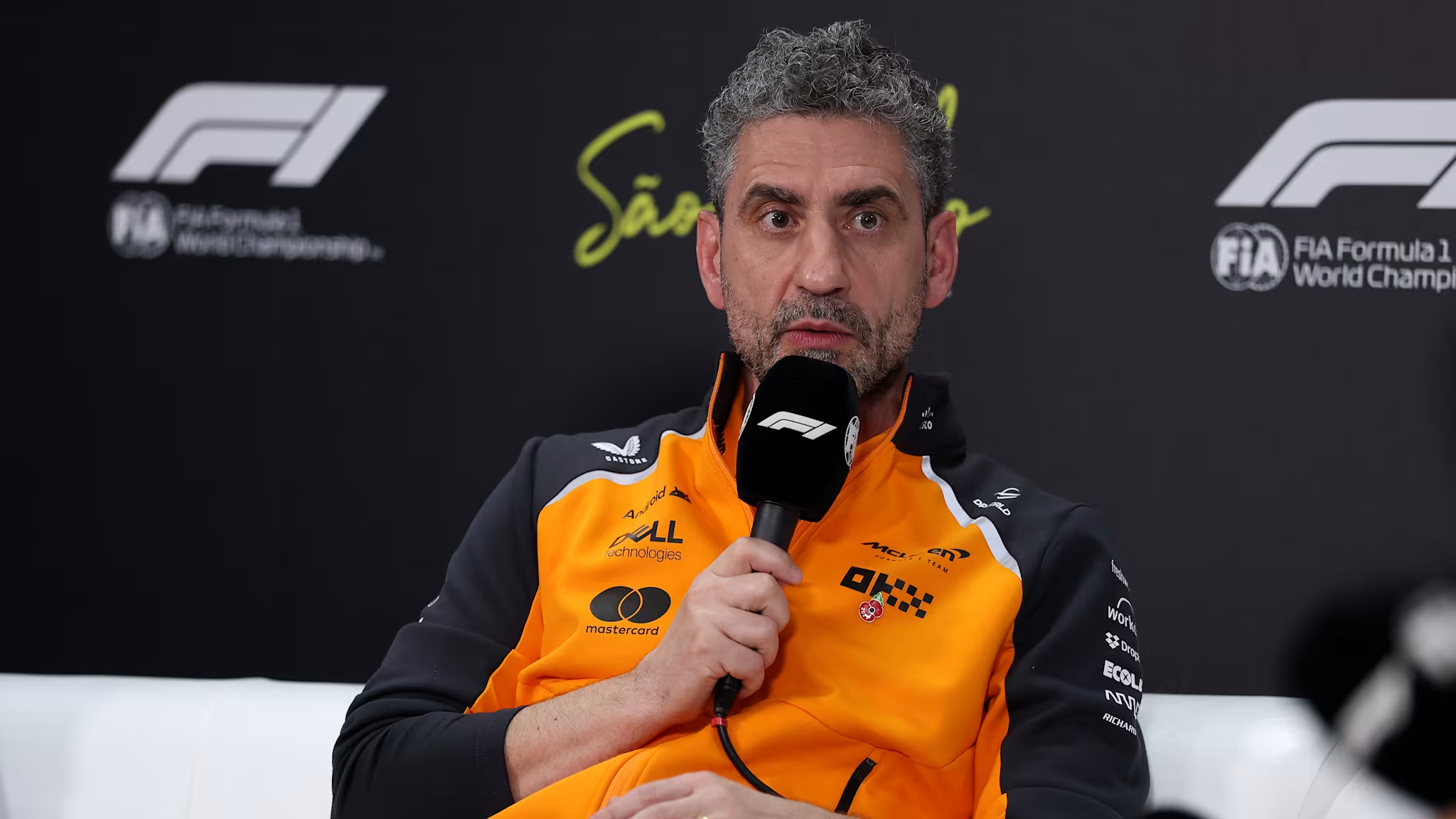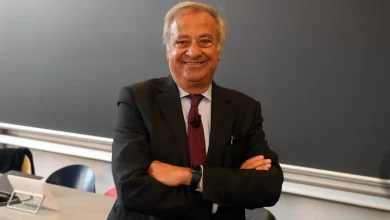Kohli and Rohit’s ODI legacy can’t be measured in runs and centuries

Author and Philosopher Bo Bennett once said “Success is not what you have but who you are.”
In an era where cricket often bends to the whims of fleeting formats and instant gratification, two Indian giants stood tall, not just for the runs they scored but for the men they became. Virat Kohli and Rohit Sharma, two pillars of modern Indian cricket, carved their legacies through distinct journeys, both marked by immense skill, fierce preparation, and an abiding respect for the 50-over format. Their contribution to ODI cricket wasn’t accidental – it was deeply personal, rooted in identity and belief.
Kohli was never just a batter, he was a movement. He arrived on the ODI scene in 2008 with raw promise, and by 2017, when he was full-time captain in the format, he had seized the reins of a side in transition and reshaped it. He brought what few dared to – a warrior’s mindset. He turned India’s ODI side into a sharp, focused and supremely fit unit that played to win, home or away.
But what truly set him apart, even from the legends who came before him, was his detachment from personal statistics. While the world raved about centuries and aggregates, Kohli cared only about the outcome. He once said that he played for India, not for records – a statement that defined his leadership. Individual feats were often the focal point of India’s cricketing narrative; Kohli sought something larger. His currency was legacy, not numbers.
Where Kohli’s rise was meteoric and defined by intensity, Rohit’s journey was more about a slow-burn path to greatness. For years he dazzled in limited-overs cricket; his timing, poise and flair made him a household name. But it didn’t come easy: though he made his debut in 2007, inconsistency and middle-order struggles kept him from cementing a place, especially in big tournaments.
Where Kohli’s rise was meteoric and defined by intensity, Rohit’s journey was more about a slow-burn path to greatness
His batting, so often described as “effortless”, now carried the weight of responsibility. The short-arm pull, the nimble footwork against spin, the patience outside off stump – all made for a batter who could both grind and grace. A blistering 264 against Sri Lanka in 2014 cemented his credentials as a record-breaker, while his measured leadership in the 2023 ODI World Cup showed a cricketer at peace with pressure.
When Kohli stepped down as captain in 2021, it was Rohit who inherited the mantle – not by clamour but by quiet readiness. Where Kohli roared, Rohit observed. His captaincy was marked by calm decisions, clear planning, and unwavering support for younger players. He doesn’t chase the camera. He lets his cricket speak – and speak it does, fluently.
Technically, Kohli’s game was forged in fire. His mastery of pace, particularly the searing quicks of Australia, England, and South Africa, made him a modern-day gladiator. His cover-drive became a symbol not just of class but of courage. Off the field, his dedication to fitness, diet and relentless improvement made him a trendsetter.
Rohit, on the other hand, thrived on rhythm. His strokeplay is a masterclass in timing. Few play spin better; fewer still can pull like he does. He doesn’t impose himself on bowlers initially – he outsmarts them, and then dismantles them relentlessly. Mentally, both men were titans – Kohli driven by the fire of legacy, Rohit by the calmness of knowing his time would come.
There were moments when they didn’t just shine, they paused the game itself. Kohli’s 183 against Pakistan in the 2012 Asia Cup, in a high-pressure chase, showed he wasn’t afraid of the big stage. His leadership in the 2018-19 Australia series win remains a defining Indian cricket moment.
It’s one last time into the breach in Australia for the two•ICC/Getty Images
But beyond individual brilliance in ODIs lay something rarer: their love of and devotion to Test cricket. Kohli wasn’t shy about it – he spoke often, and passionately, about the purity of the format. He made it cool again to care about playing in whites. Rohit, through his transformation, showed that Test cricket rewards those who respect its tempo.
In an age where players often chase leagues, fame, and IPL contracts, Kohli and Rohit were naturals who became the face of their franchises for over a decade. No matter the format, they dominated. They were never trying to be viral. They were trying to be vital.
Praise for them came from everywhere. Michael Vaughan was effusive in his admiration of Kohli as an ODI player, and Ravi Shastri lauded his obsession with chasing success. Ben Stokes admired Rohit’s calm control. Steve Smith admired Kohli’s competitiveness. Ajinkya Rahane said once that Rohit always made you feel like the team came first. Their team-mates loved them. Their opponents respected them. Their fans, like us, will remember them as more than just batters, as torchbearers.
Now, as the cricketing world moves forward, new names will rise. New captains will lead. But this golden chapter – the Kohli-Rohit era – will remain engraved not just in record books but in the hearts of every fan who understood what they stood for. Kohli’s passion, his refusal to settle, his belief in legacy over statistics. Rohit’s elegance, his humility, and his redemption arc, which reminded us all that timing is everything – in cricket, and in life.
What they gave the game can’t be fully measured in runs or centuries or wins. They gave it belief, dignity, and character – which, as Bo Bennett reminded us, is the true measure of success.
Former Australia captain Greg Chappell played 87 Tests for them in the 1970s and ’80s. He has also coached India, and been an Australia selector





